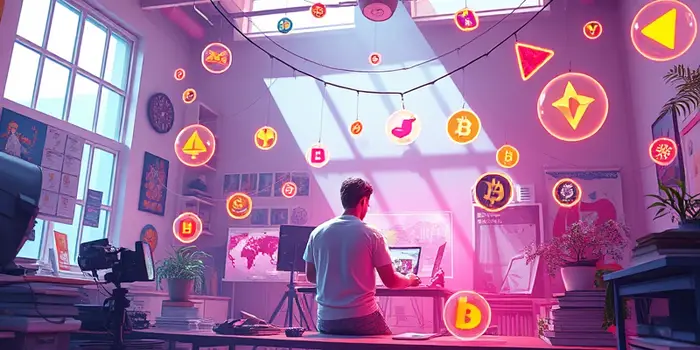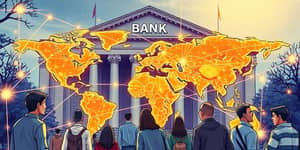
Your creativity can now spark new income in the digital age. NFTs are transforming how artists earn, share, and sustain their work on a global stage.
The global NFT art market was valued at $5 billion in 2024, with projections rising to $5.32 billion in 2025 and an astonishing $8.5 billion by 2033. This represents a healthy 6.3% CAGR between 2025 and 2033 as interest in unique digital assets steadily builds.
Yet the broader NFT ecosystem tells a story of dramatic highs and cooling trends. From a peak trading volume of $881 million in September 2021, monthly art sales dipped to about $12 million by February 2025. These fluctuations underscore a market maturing beyond speculative fervor and settling into sustainable growth.
One of the most profound shifts brought by NFTs is direct monetization and global reach. Artists can now sell digital works straight to collectors without costly gallery fees or middlemen, keeping a larger share of each sale. Platforms like OpenSea, Rarible, and Foundation have democratized art markets, opening doors to buyers in every time zone.
Smart contracts embedded in NFTs allow creators to guarantee royalty payments forever. Every time an artwork changes hands on the secondary market, a 5–10% commission can automatically flow back to the original artist. For example, SuperRare enforces a 10% commission on all secondary trades, giving artists a lasting stake in their creations’ growing value.
Beyond immediate sales and royalties, NFTs offer a suite of advantages that can fundamentally alter an artist’s career trajectory.
No transformation comes without hurdles. NFT artists must navigate technological, legal, and market complexities to thrive.
Building a sustainable NFT practice involves more than minting art; it requires thoughtful promotion and community cultivation.
Despite market corrections, experts forecast the NFT sector growing from a $26.41 billion market in 2023 to an astonishing $222.79 billion by 2031 at a compound annual growth rate of 33.7%. Digital artwork alone is projected to climb from $5.8 billion in 2025 to $17.72 billion by 2032, driven by AI, AR/VR, and improved blockchain infrastructure.
As the technology matures, we anticipate artists becoming active participants in ongoing value circulation, earning not just from initial sales but from every future transaction. Emerging trends in music, gaming, collectibles, and virtual real estate will further expand creative revenue opportunities, weaving digital artists into a broader cultural economy.
Ultimately, NFTs have reshaped how art is owned, sold, and valued, unlocking new pathways to financial independence and creative freedom. By embracing these innovations thoughtfully, artists can secure diverse income streams, connect with audiences globally, and shape the future of the digital art revolution.
References













